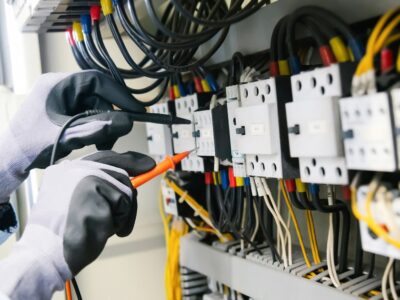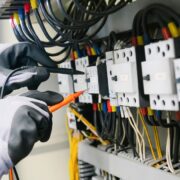
Homeowners are responsible for ensuring the home is conducive for their family. The size of the house doesn’t matter if a storm, fire, mold, or flooding damage it. Most damage to a home is mainly caused by water, which can affect its structural integrity and pose a health danger to the residents. But whatever damage your home has experienced, restoring it is essential.
Why You Need Home Restoration Services
If your home is victim to a disaster like flooding that compromises its integrity, seek home restoration services immediately. The Most common result of flooding is molding which can affect your family’s health, especially in areas prone to disaster. Companies like Mold Remediation Arlington VA will help you restore your home’s glory, ensuring your family is safe. Here are more reasons why you need to seek home restoration services.
- Prevent further damage to your property
- Water and food sanitization after flooding
- Clean, remove damage, and decontaminate items
- Evaluate the damage to determine if restoration is necessary
- Design a work plan
- Contact your insurance company
- Perform preventative renovative
Steps to Mold Removal
If you notice mold growing in your home, you must find professionals who can do the job perfectly and avoid doing it yourself. Reputable mold remediation companies often begin with indoor Air Quality Testing to assess the extent of contamination and identify hidden issues. This step helps determine mold levels and guides the proper course of action. Ensure you hire a professional remediation company with experience dealing with such. Here are the six significant steps of mold remediation.
Antimicrobial Application After Water Damage
Corrective action is the initial step to mold remediation in your home or business. Mold can grow after a recent water damage incident. Although it might not be visible initially, applying an antimicrobial agent can hinder total mold growth until the affected area has dried out. Antibacterial agents are also effective in extinguishing existing mold spores.
Identify the Source
You will find mold in places previously exposed to water and moisture or where the sun is hard to reach. Some areas of concern in your home are bathrooms, sink cabinets, basements, and window sills. A professional mold remediation team can identify mold-prone regions of residential and commercial structures using moisture detection. Using inspection tools like thermal imaging, they can determine the origin of moisture, remove, and seal the area.
Mold Containment
Mold intrusion can progress quickly in favorable conditions. However, experienced technicians can isolate the area to eliminate mold spores and prevent the spread to other regions of the home. Containing mold is crucial as it minimizes the potential effects of cross-contamination to other areas.
Air Filtration
During mold removal, disturbing spores can make them airborne. Besides containment, air filtration is necessary to remove mold spores in the air, and people breathe clean air.
Removal and Cleanup
Complete mold removal is only effective if the affected materials are removed. It involves the removal of drywall, wood trim, insulation, carpets, or furniture. Professional mold removers must follow expected standards to ensure proper mitigation, cleaning, and restoration of hygiene on the property.
Replacement
As aforementioned, it’s recommended that areas affected by mold should be obliterated. In such situations, hiring professionals to ensure no contamination of the other regions during mold removal is necessary. Companies that provide home restoration services can help homeowners remove affected materials without interfering with the property or lowering its quality.
Conclusion
Mold remediation is a challenging task that can only be undertaken by professionals with particular training and certification. Without proper treatment, mold can be toxic and a health hazard, so you need the services of a trusted home restoration company.











